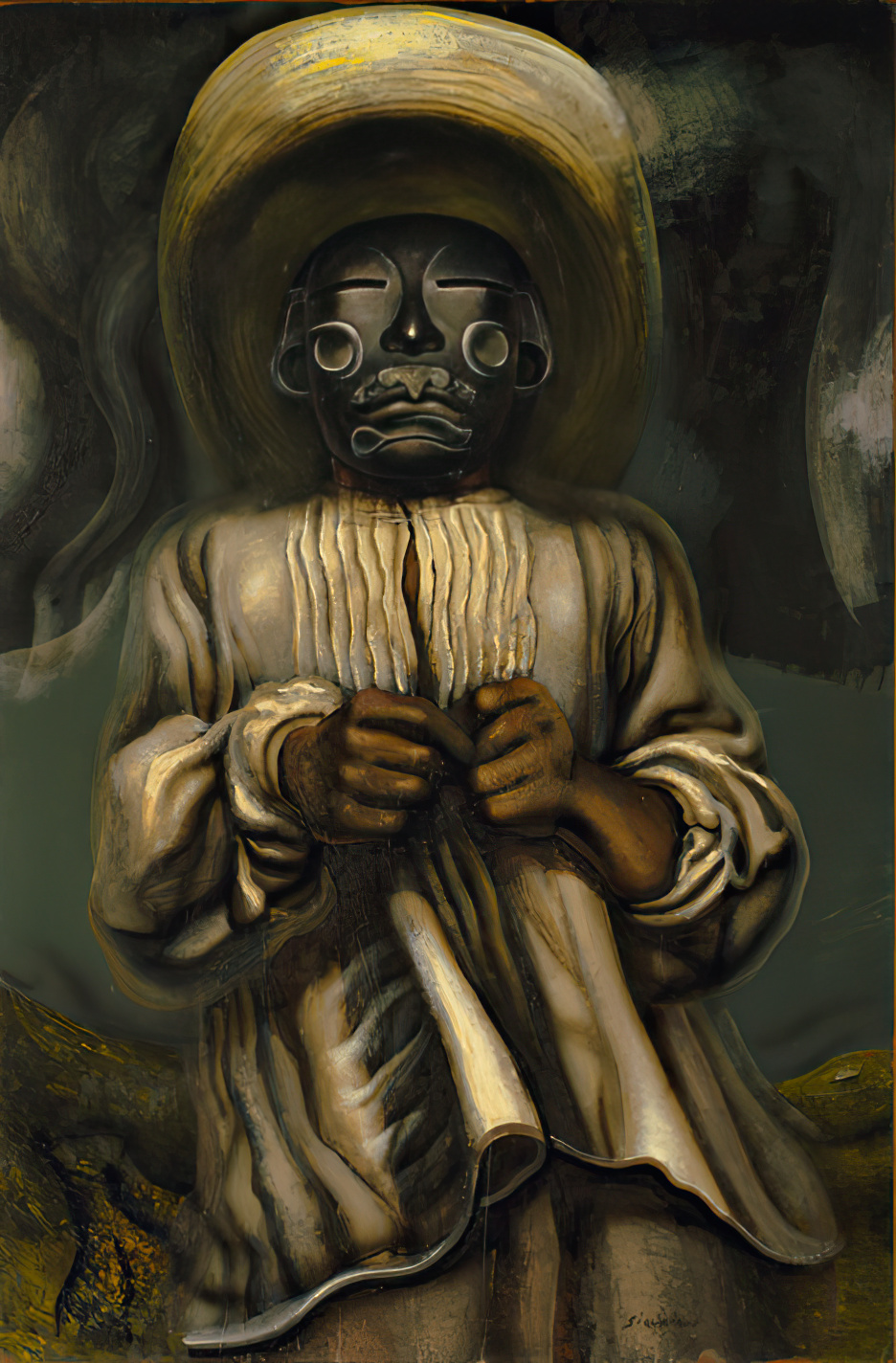Indigenism

Indigenism
Indigenism is an art movement that arose in Latin America during the 1920s as a form of cultural and political resistance. Artists of this movement, such as Diego Rivera, José Clemente Orozco, David Alfaro Siqueiros, and Rufino Tamayo, strived to create a visual language that reflected their national identity by embracing pre-Columbian heritage and indigenous traditions. Their work, inherently figurative, served as a counter-narrative to the prevailing European art influence, highlighting their country’s rich cultural tapestry, including spiritual beliefs and historical legacy.
These muralists, particularly in Mexico during the revolutionary period, were instrumental in promoting Mexican culture through grand-scale narratives painted on public buildings, which depicted the country's history and its people. The themes often addressed the country’s cultural heritage and traditions, as well as their spiritual beliefs, with a focus on social justice and national pride.
The importance of Indigenism in art history cannot be overstated. It represents a pivotal movement where art intersected with social and political life to redefine a society’s self-image. For collectors, auctioneers, and art experts, Indigenism represents not only an investment in significant historical artworks but also a commitment to the ideologies and cultural narratives that shaped Latin American societies.
We invite enthusiasts and connoisseurs to subscribe for updates on sales and auction events related to Indigenism. This exclusive service will keep you informed about the availability of artworks from this powerful movement that so richly contributed to the fabric of Latin American cultural identity.
| Country: | America, South America |
|---|---|
| Start of the period: | 1910 |